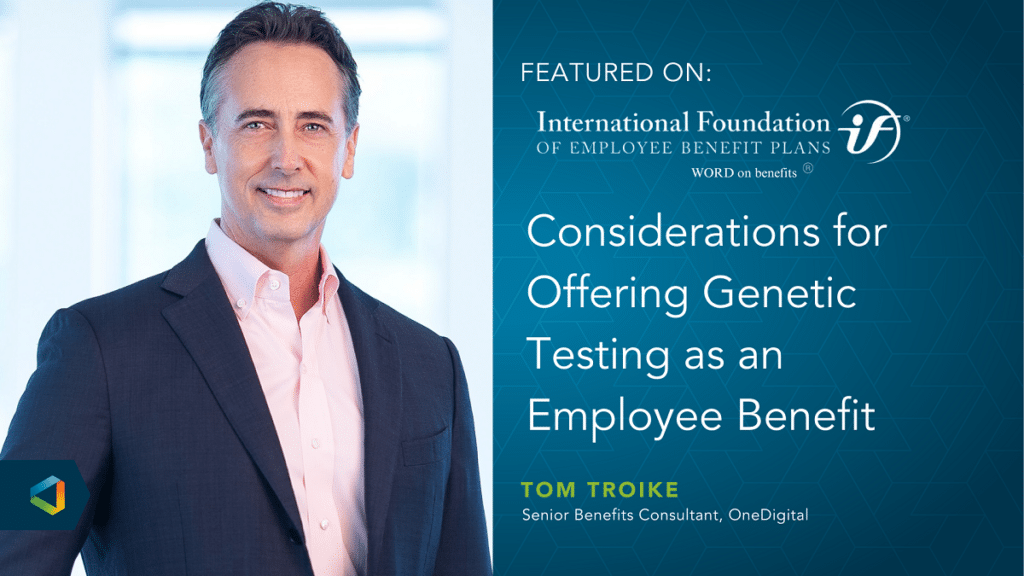With employee benefits being one of the highest expenses for organizations, it’s no surprise that a top concern for companies is keeping the benefits price tag manageable.
A close second, however, is that in order to operate an effective business and retain top employees; the benefits package must be competitive.
None of this is Earth-shattering news. We are all in the business of getting the greatest value for the least cost. But in the world of employee benefits, there is another—often overlooked—key area to providing a business advantage over your rivals in the race to profitability.
Benefits Education
Effectively communicating the ins and outs of the benefits being offered to your employees will positively impact your organization in five ways:
- Competitive Advantage – If you want to retain and attract a loyal base of excellent professionals, then teaching them the value and inner-workings of their benefits is essential. When an employee gains a good understanding of their current benefits and becomes comfortable in how they are supposed to function, they can utilize the benefits to their full capacity. This understanding and utilization is coupled with a higher appreciation of the benefits their current employer is providing and said employee is less likely to look for employment with “better benefits” elsewhere. Many employees will also develop a deeper appreciation toward their employer, noticing that they care about their employees to have their benefits explained fully and properly. This appreciation is further compounded when employees talk to friends or family only to discover that this kind of benefits education is not common practice, which deepens the employee’s value of their company and the benefits offered.
- Improved Morale & Productivity – When a strong effort is being made by the company to educate employees on the benefits offered, employees feel more confident in choosing selections based on their unique needs. This support of an employee and their family’s health and wellbeing positively impacts employee morale and job satisfaction. Those two factors lead to a more productive workforce, which can improve profitability and efficiency.
- Saves Time – Executives and HR departments have a multitude of extremely important responsibilities; none of which will benefit from being sidetracked throughout the year by answering all sorts of one-off benefit questions. Having a strong, on-going education structure in place with a team readily available to assist, will lead to fewer questions, headaches, and time-off-task scenarios for all involved parties.
- Increased Enrollment – The more an employee understands their benefits, the better prepared they are to make an informed decision. In most cases, employees will realize that the benefits being provided by their employer are far superior to what is available on the individual market, and unquestionably a better option than rolling the dice by not insuring themselves. With more individuals enrolled and a full understanding of their benefits, there comes the higher likelihood of employees taking advantage of health care services, such as preventive visits to ensure optimal wellbeing. This point will circle back and align with the goals of improved productivity.
- Rate Relief – Properly educated employees can make more informed decisions when health care services are needed. This higher understanding can lead to significantly lower claims activity, which can directly impact renewal costs for an employer. Fewer claims equal less of a renewal increase. It’s a financial win for the employer and employee alike.
Disregarding proper benefits communication and education can lead to many unforeseen and undetected consequences, not the least of which may be financial. Charge your benefits advisor and their team to structure a properly delivered education campaign, and you will undoubtedly see and feel the difference.




